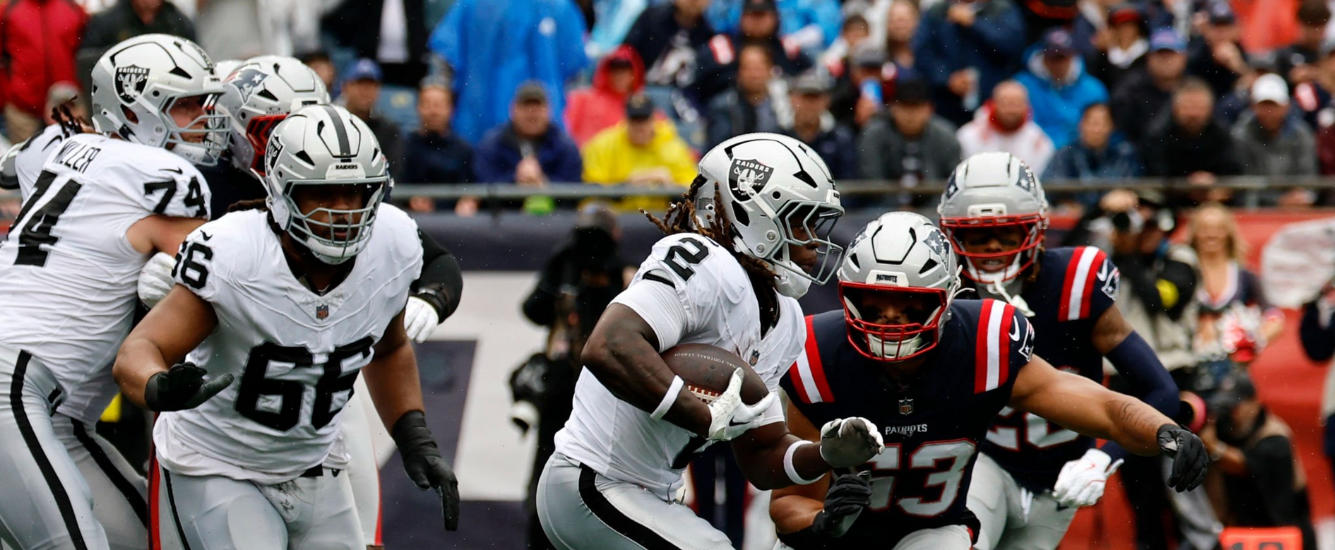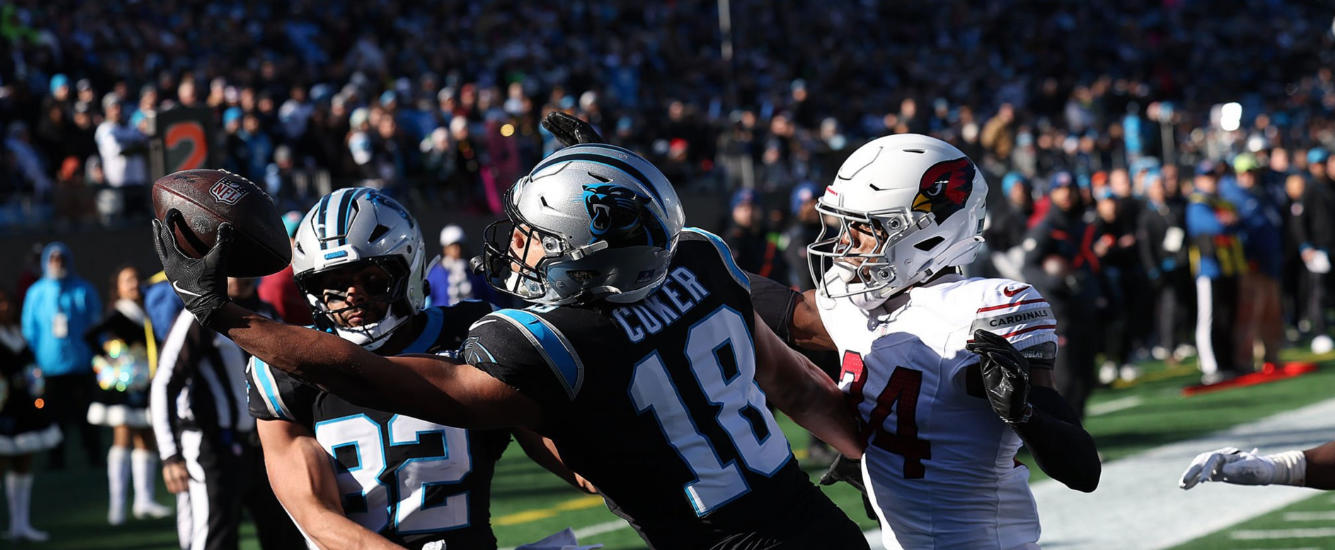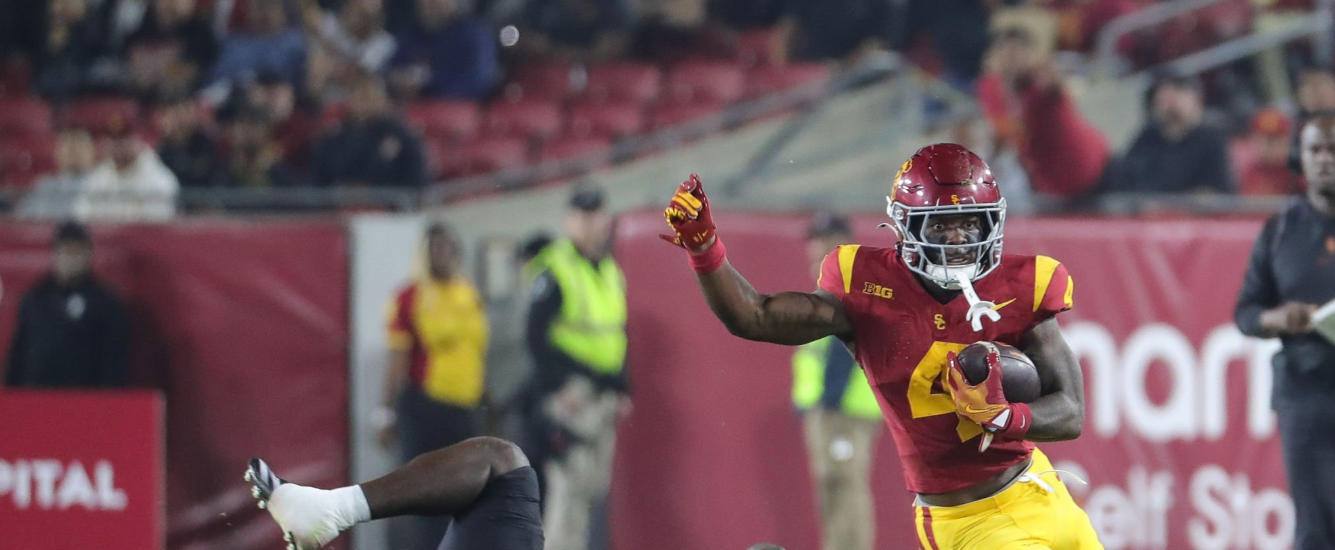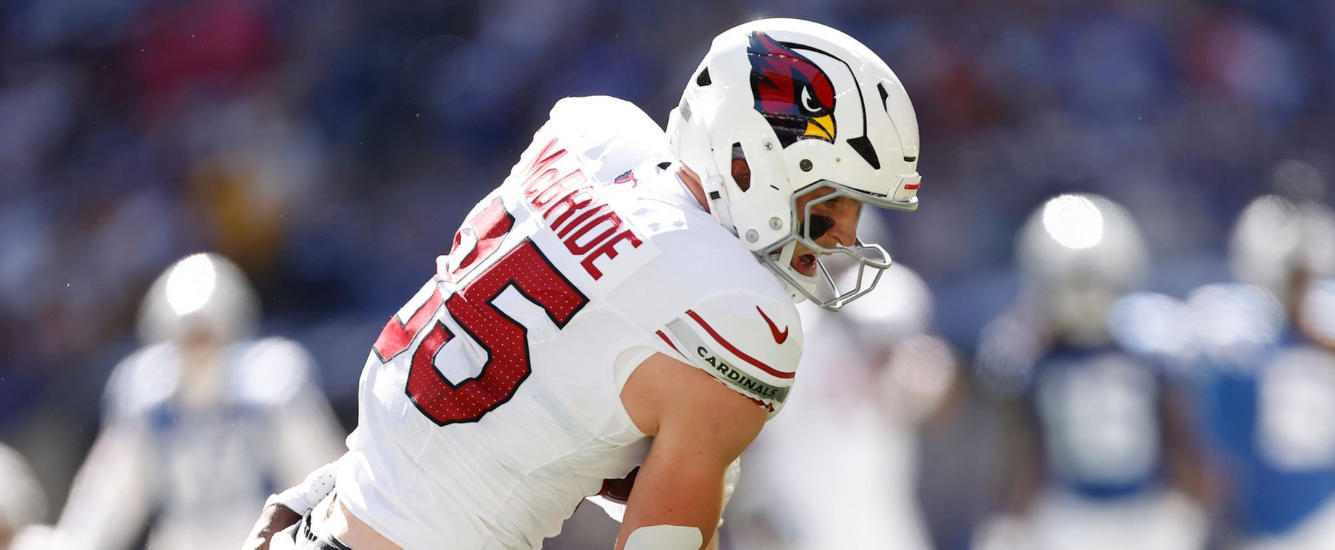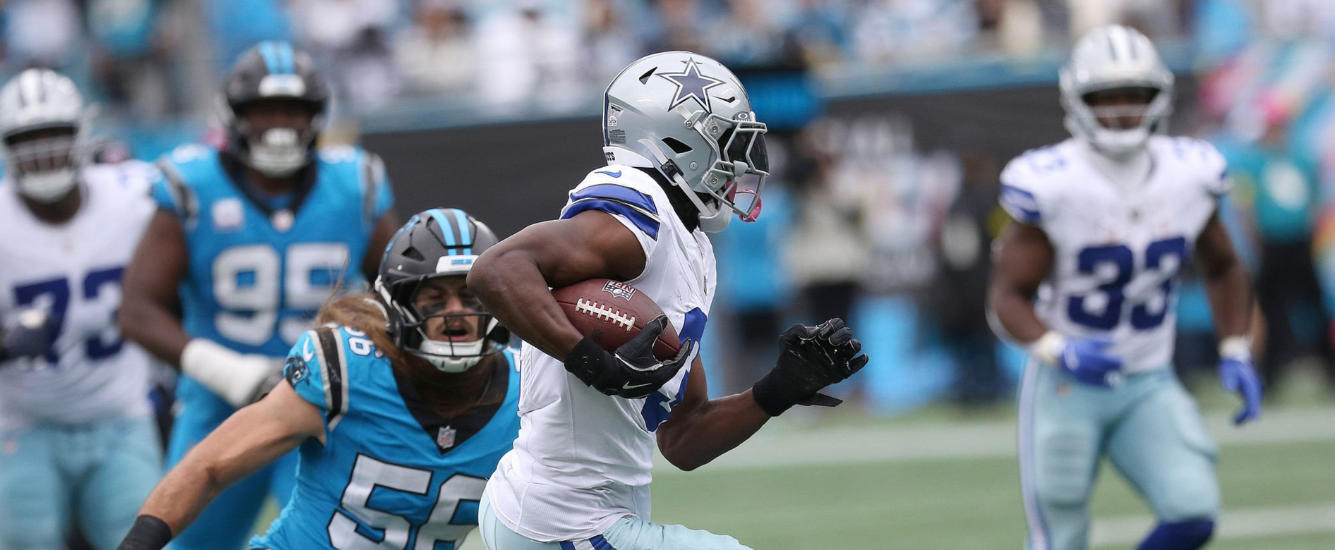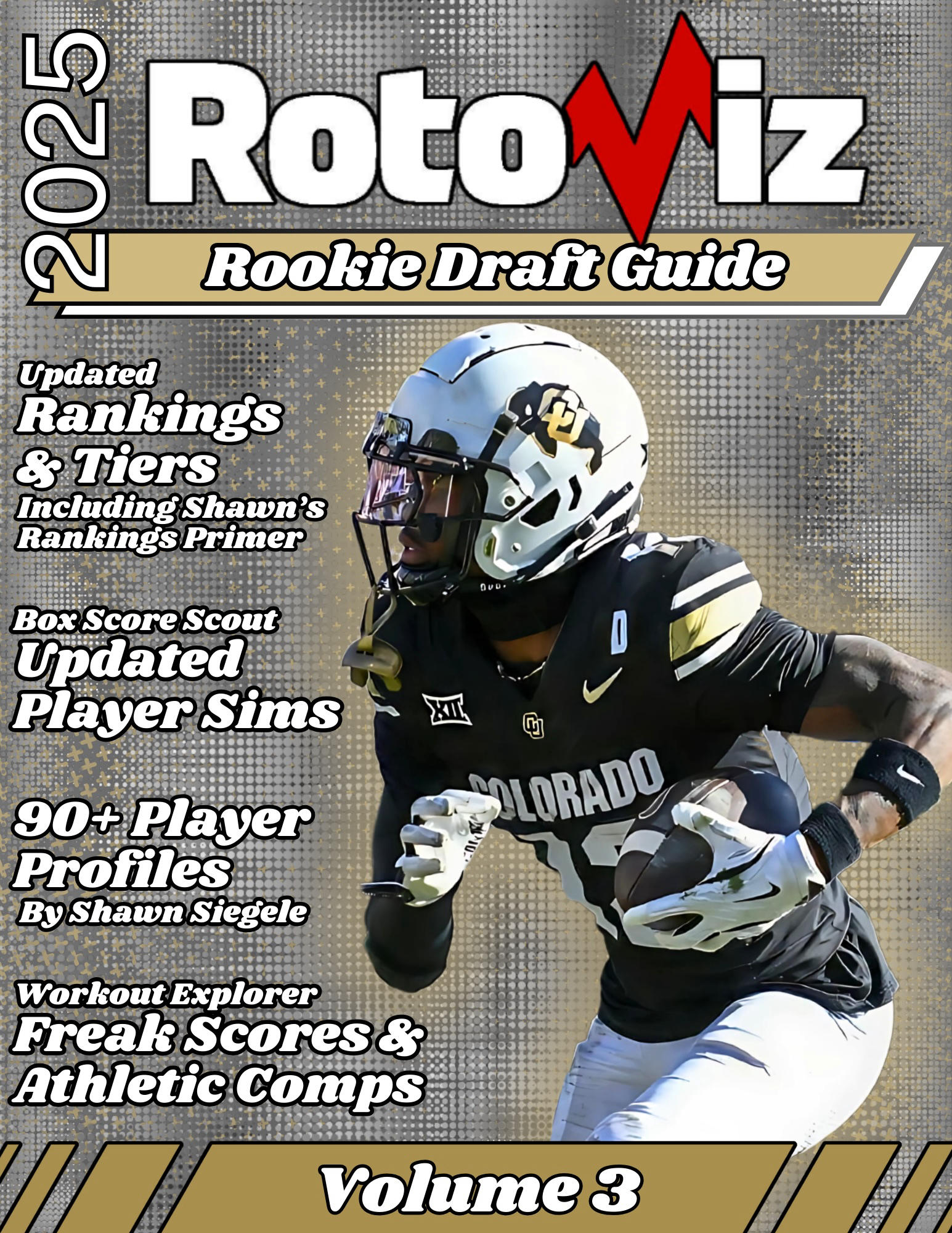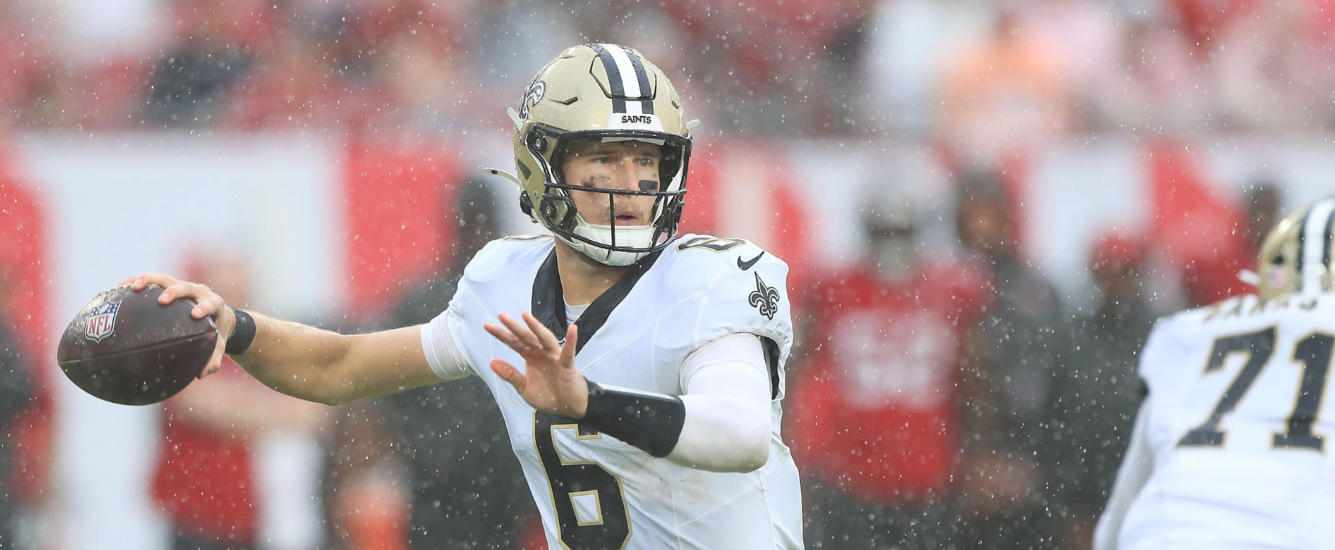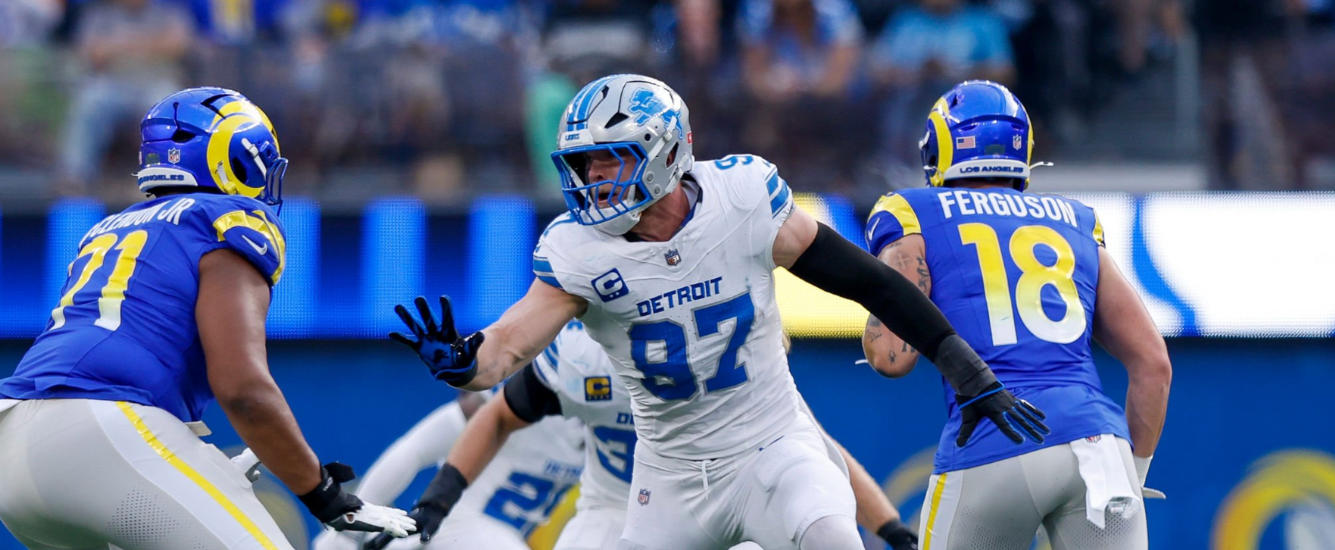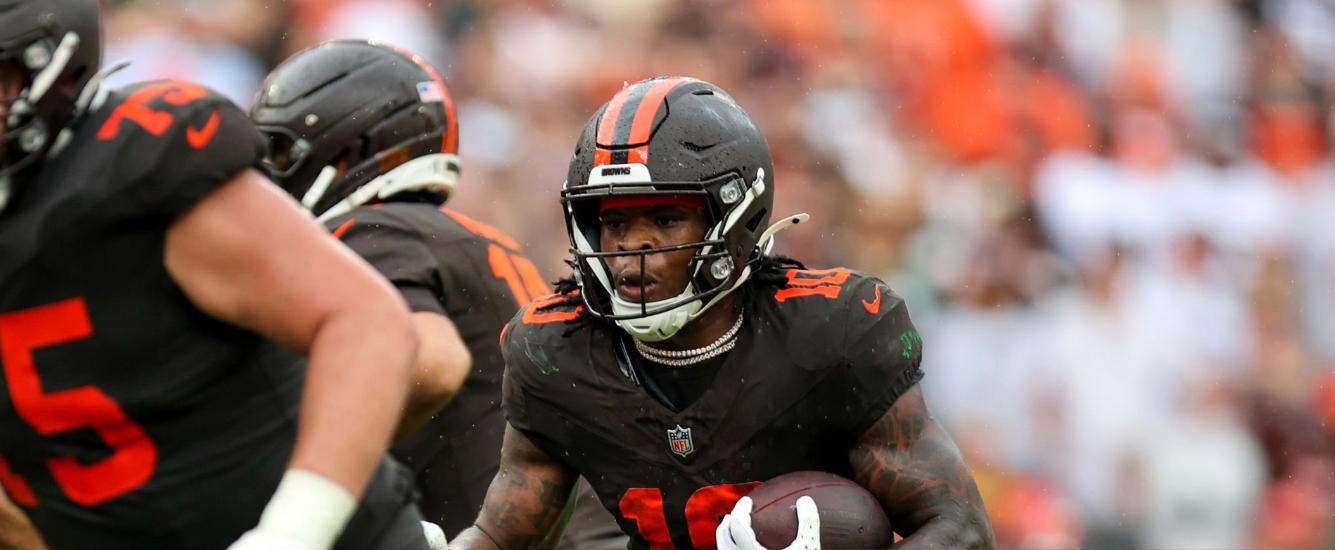There is no easy way to say it; the 2026 rookie wide receiver class is looking pretty rough.
That is not to say that it is lacking talent, but there is not a single player in the class who does not currently come with legitimate question marks. Whether it be a lack of consistent high-end production or concerns about their NFL fit and overall ceiling, no receiver in the class has separated themselves from the pack. So, to prepare readers for what to expect in each player’s profile, I’ve grouped them into one of four categories.
As the 2025 season unfolds, it’s inevitable that certain receivers will ascend to the top and others will fall out of contention entirely. Speaking from firsthand experience, predicting which 2026 rookie WRs will end up in each bucket four months before the college season kicks off can be an anxiety-inducing exercise, to say the least.
The 2026 rookie landscape will change in ways we cannot predict between now and next May, but having a general idea of how things could play out in 2026 rookie drafts is important when fielding offers for future dynasty picks in this year’s draft. In an attempt to sort through the noise, I used a combination of advanced metrics, film study, and data analysis to attempt to predict who the biggest WR risers and fallers could be over the course of the college football season.
In the 2025 RotoViz Rookie Draft Guide, Shawn Siegele outlines many of the advanced stats we prefer to use when evaluating WR prospects, and they will be referenced heavily throughout the article.
For WRs, we’re hoping to see a strong combination of two elements:
- As much production as possible, as measured by raw stats, market share stats (like Dominator Rating), and rate stats (like yards per team attempt and yards per route run).
- The ability to succeed in a trio facets – strong traits before the catch (the ability to draw targets and create air yards), strong traits at the catch point (on-target catch percentage, drop rate), and strong straits after the catch (the ability to evade tackles and generate yards after the catch and after contact).
The emphasis on young, dominant, and multi-faceted WRs forms the basis of the RotoViz approach to receiver evaluation. The 2025 Rookie Guide helps us dial in on a WR’s full resume and future upside with a wealth of RotoViz and SIS metrics.
- Dominator Rating: A staple at RotoViz since its inception, DR is a receiver’s combination of yardage share and TD share. It helps you understand a receiver’s production within the context of his offense and provides insight for metrics like Breakout Age.
- Yards Per Team Attempt (YPTA): A receiver’s receiving yardage per team attempt.
- Yards Per Route Run (YPRR): A receiver’s yardage per route run.
- Points Earned: As was the case with QBs and RBs, this is an EPA-based calculation. For receivers, it includes adjustments for off-target passes, dropped passes, broken tackles, and offensive line play.
- On-target catch percentage: Total receptions divided by total catchable balls.
- Receiver Rating: A quarterback’s traditional passer rating on throws when targeting that receiver.
- Air yards: The total of yards downfield for all throws, whether or not they were completed (excluding throwaways).
- Average depth of target (aDOT): A receiver’s average number of air yards per target.
For all of the stats Shawn mentions above and more, go pick up your copy of the 2025 RotoViz Rookie Draft Guide TODAY! With Volume 3 out now, stay up to date on all of the latest information you’ll need to crush your rookie drafts and best ball leagues in 2025!
For a limited time, purchasers of the Rookie Guide can take $29.99 off the first-year cost of a new 1-year RotoViz subscription!


